Search Images
Browse Content (p. 1533)
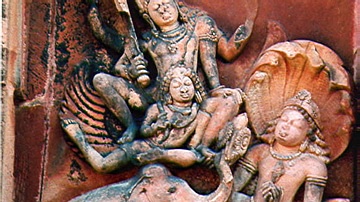
Image
Vishnu & Garuda
A sandstone relief panel from the Dashavatara temple, Deogarh, Madhya Pradesh, India. 6th century CE. Here Vishnu descends on Garuda, his eagle mount, in order to free the elephant Gajendra from a naga king and queen.

Image
Bronze head of Hypnos
Bronze head of Hypnos (god of sleep), 1st - 2nd century CE. Copy of an Hellenistic original, found at Civitella d'Arno (near Perugia, Italy). Now in the British Museum, London. Hypnos was the son of the goddess Nyx (the deity of the Night...
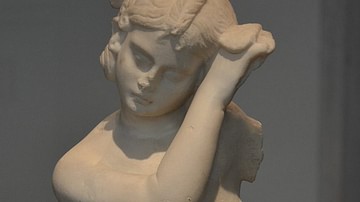
Image
Statue of Hypnos
Statue of Hypnos, god of sleep, 2nd century CE, from Illici (Elche, Spain). (National Archaeological Museum of Spain, Madrid) Hypnos was the son of the goddess Nyx (the deity of the Night) and Erebus (the deity of Darkness). His wife, Pasithea...
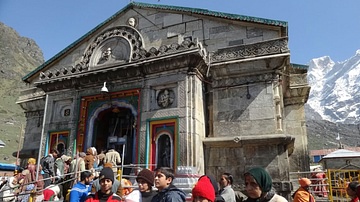
Image
Kedarnath Temple
The Kedarnath temple in the Himalayas of India dates back to the 8th century CE. A famous myth associated with the site involves the Mahabharata war which occurred between the Kauravs and Pandavas. The Pandavas, feeling guilty for killing...
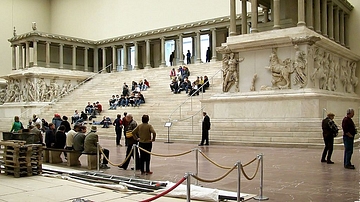
Image
Reconstruction of the Pergamon Altar
Reconstruction of the Pergamon Altar displayed at the Pergamon Museum in Berlin.
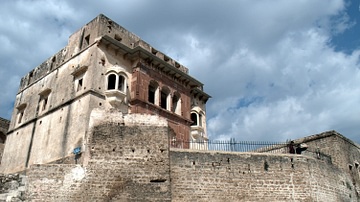
Image
Ram Chandra Temple (Katas Raj)
The Ram Chandra temple is a prominent part of Katas Raj complex of early Hinduism, situated in the District of Chakwal in the Punjab, Pakistan. This site is a complex and dates back to the 3rd century BCE. A Buddhist Stupa is the oldest structure...

Image
Extent of the White Huns' Influence c. 500 CE
A map indicating in red the area of influence and control by the White Huns (Hephthalites) c. 500 CE.
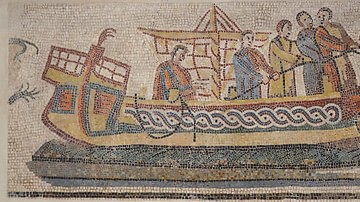
Image
Roman Mosaic Showing the Transport of an Elephant
Roman mosaic from Veii (Isola Farnese, Italy) depicting an African elephant being loaded onto a ship, 3rd-4th century CE. Now in Badisches Landesmuseum Karlsruhe, Germany.
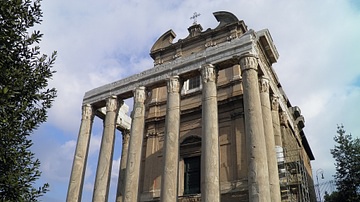
Image
Temple of Antoninus and Faustina, Rome
The Temple of Divus Antoninus Pius and Diva Faustina is an ancient Roman temple in Rome, adapted to the 17th century church of San Lorenzo in Miranda. It stands in the Forum Romanum, on the Via Sacra. The temple was begun in 141 CE by Antoninus...
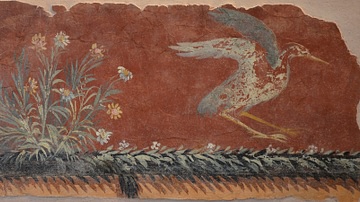
Image
Roman fresco with flowers and birds
Wall painting fragment with flowers and birds, from a Roman villa around Mt. Vesuvius, before 79 CE. (Badisches Landesmuseum Karlsruhe, Germany)